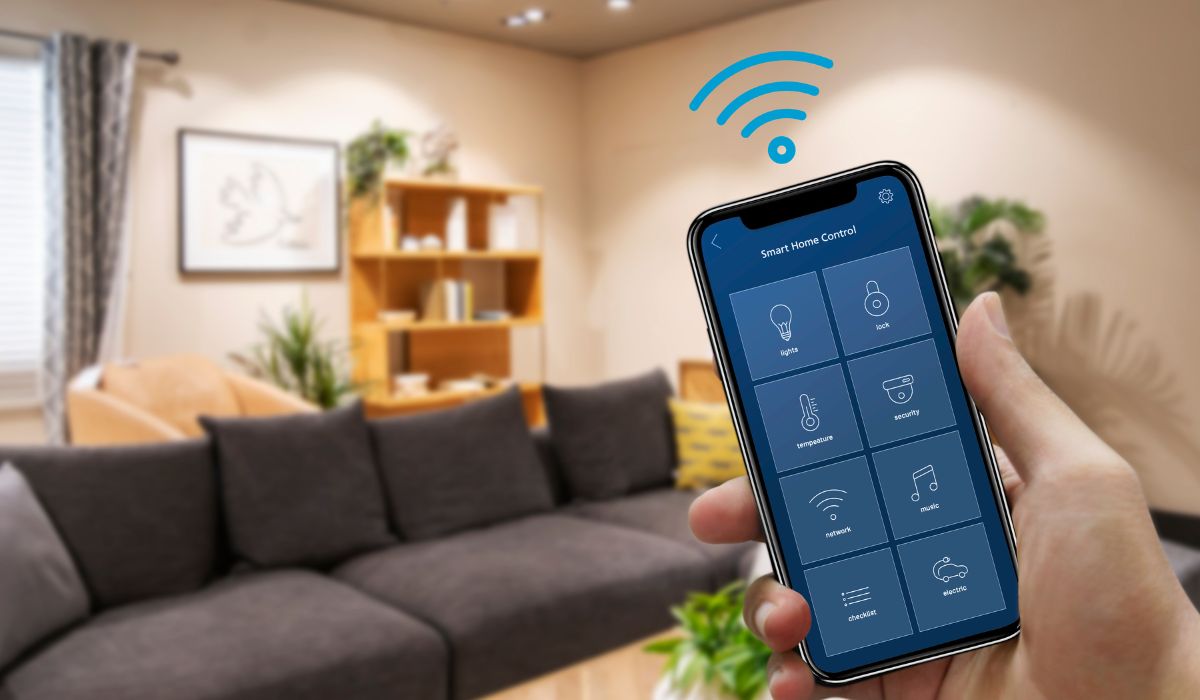You might see TTY on your phone or in settings and wonder what it is and why people use it. TTY stands for Telecommunication Device for the Deaf and helps people with hearing or speech impairments communicate with others using typed messages.
This article will help you understand what TTY does, how it works, and why it is still vital today, even with texting and video calls now everywhere.
What is TTY and why does it exist?
TTY means people can send typed messages over a phone line instead of talking. It was first created in the 1960s so people who are deaf or have speech problems could use the phone. A TTY device has a small keyboard and a screen. You type your message and it goes to another TTY device where the person reads it and types back to you. This system gave many people the freedom to make calls independently and helped them connect with family, doctors, work, and emergency services.
It also goes by the name TDD, which stands for Telecommunications Device for the Deaf, but most people simply call it TTY. It allowed people who could not hear or speak to call 911 and join the world of phone conversations, which was a significant change in how people could live and work.
How TTY Devices Work

A TTY device connects to a phone line the same way a regular phone does. Instead of speaking you type your message. Each letter shows up on the other person’s screen as you type it or in small chunks when you press send depending on the device. The person on the other end types back and you read it. If the person you are calling does not have a TTY you can use a relay service where an operator reads your typed message to the hearing person and then types their spoken reply back to you.
TTY conversations often use short phrases to keep the flow clear. People use “GA” to mean “go ahead” when it is the other person’s turn to type and “SK” to mean “stop keying” when the conversation is over. It is a simple system but it made communication possible for many people.
Types of TTY Devices and Modern Use
- Standalone TTY devices with keyboards and small screens
- TTY attachments for landline phones
- TTY relay services for calling non-TTY users
- TTY apps on smartphones for mobile communication
Today many people with hearing or speech problems use texting video calls and speech-to-text apps because they are easier and faster. But TTY is still used by some people especially in places where internet or smartphone access is not stable or for calling emergency services in areas that support TTY calls.
TTY Helps with Accessibility
TTY helped people with hearing or speech problems join phone conversations which were once hard to access. Laws like the ADA (Americans with Disabilities Act) made sure public services and businesses provided TTY services so people could make calls and get help when needed. It gave people more independence to handle personal and work calls and reach help during emergencies.
Many businesses and public services still keep TTY lines active to ensure accessibility for everyone. TTY is also used in hospitals government offices and some workplaces where clear typed communication may be needed.
Challenges with TTY
While TTY is helpful it has limits. It can be slow since typing is slower than speaking. Not all people know how to use TTY etiquette like using “GA” or “SK”. Some phone networks no longer support older TTY devices and some people find TTY equipment hard to set up. It also does not support images or video which are now common in communication tools.
Because of these limits many people prefer using texting or video calls with captions when possible. These tools are faster and offer richer communication but TTY remains important for people who rely on it and for situations where it may be the only option available.
Is TTY the Same as Texting
TTY and texting both use text but they are different. Texting works on mobile networks and apps letting you send messages photos and videos. TTY works over phone lines and focuses on text only for direct conversations in real-time. TTY is mostly used by people who need an accessible way to make phone calls while texting is for everyday communication for everyone.
Modern Alternatives to TTY
Today people with hearing or speech problems use:
- Text messaging on smartphones for quick conversations
- Video calls with sign language or live captions
- Speech-to-text apps that type out what others say
- Captioned telephones that show live captions during calls
These tools help people stay connected in ways that are often easier than using TTY. However TTY remains a backup in some places and for calling emergency services where it is still supported.
Conclusion
TTY opened the world of phone communication for people with hearing and speech problems. It gave many people independence and a way to stay in touch with family and services. While texting video calls and speech-to-text tools have become more common TTY is still an important option for some people. Knowing what TTY is and how it works can help you understand its role in accessible communication and why it still matters.
If you have ever used TTY or know someone who has share your thoughts below to help others learn about this tool.